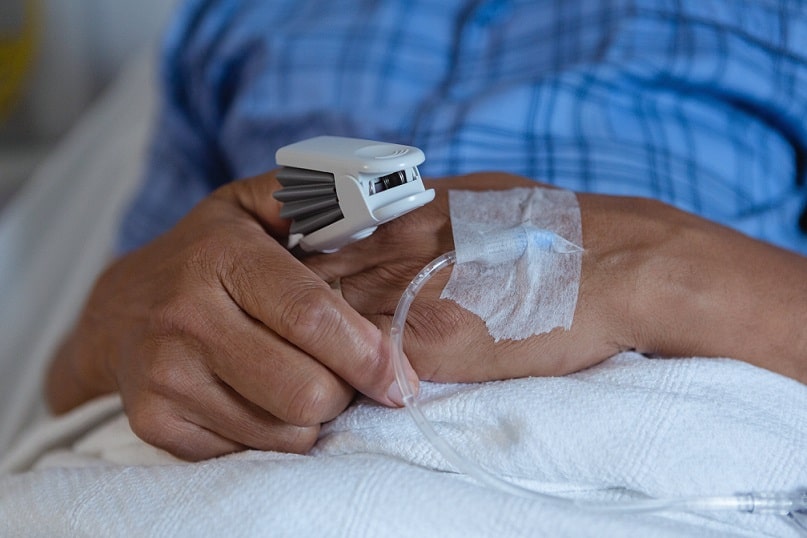Where you stand with Metal-on-Metal implant devices

Patients with a MoM implant with a femur head of 36mm or greater (often referred to as a large implant) should be reviewed annually for life, which includes tests to measure the level of metallic particles in the blood. Any patients exhibiting any of the warning signs or associated symptoms should have a MARS (Metal Artefact Reduction Sequence), MRI or ultrasound scan, or for any asymptomatic patients who show signs of high metal ion levels in the blood stream.
Most people will be able to live out the rest of their lives without needing any revision surgery - but with the damage that can be caused by a failing MoM device, revision surgery will likely be necessary. Not only could you therefore face the inconvenience of checkups for the rest of your life annually, as well as the associated worry that your device could fail, but you may need further surgery which would have otherwise been unnecessary had the MoM devices not been used.


